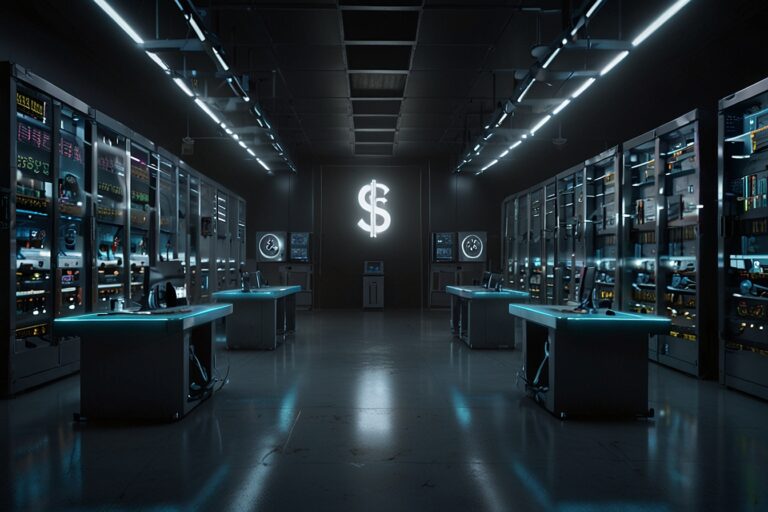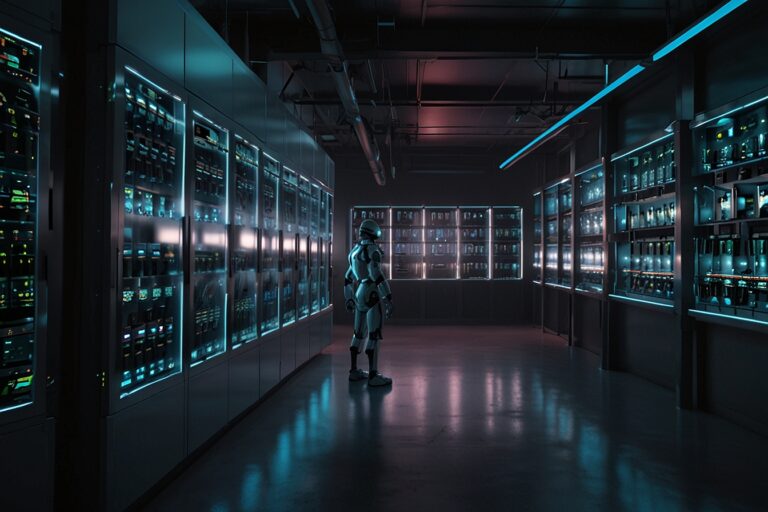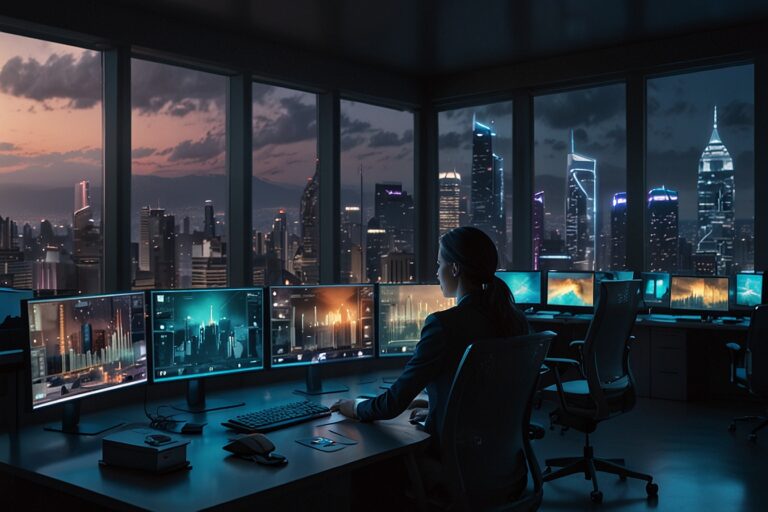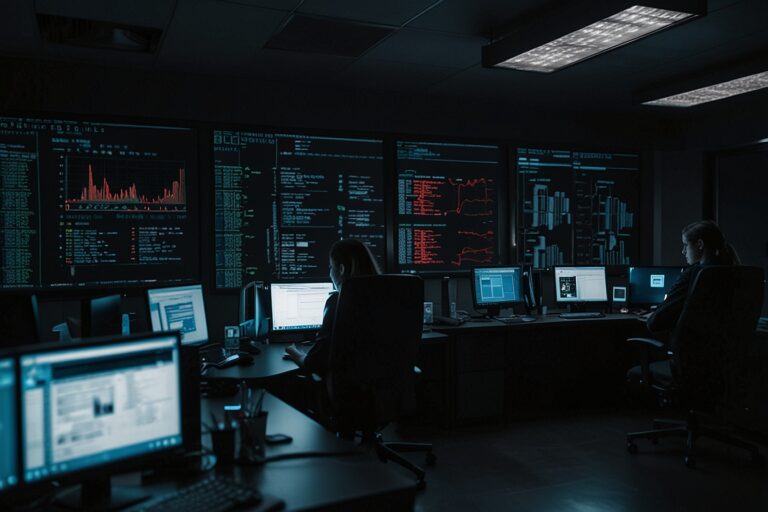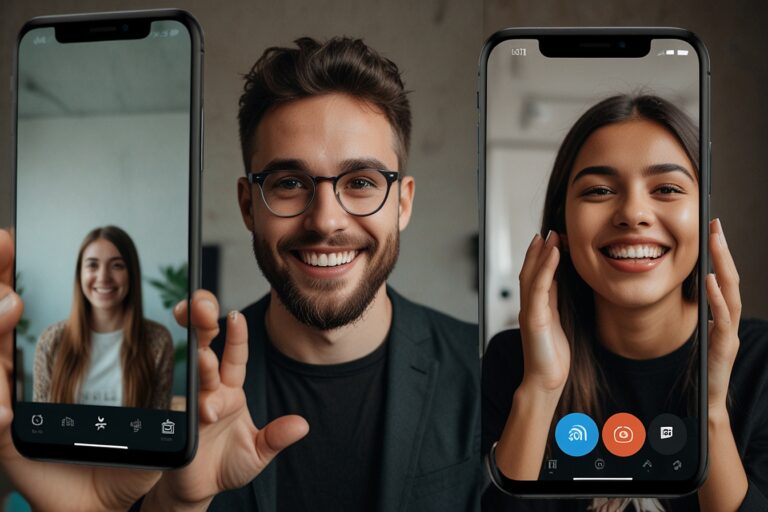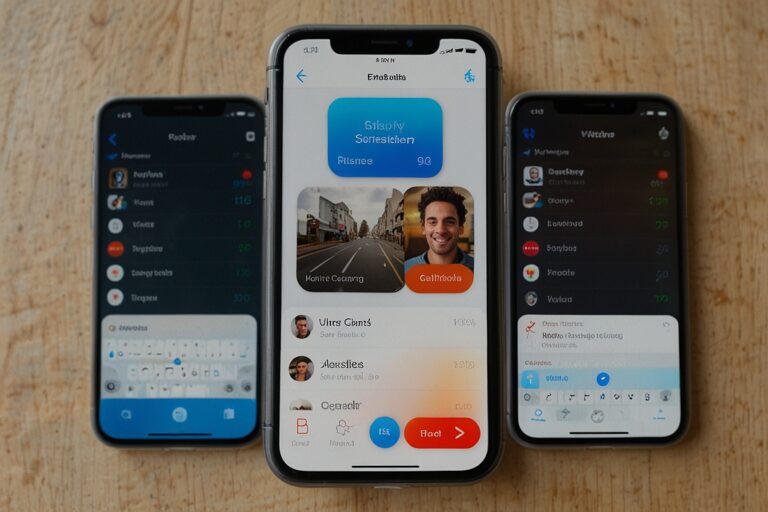
Restoring pixelated imagery with AI
Researchers at Google announced that they have developed an AI that can turn low resolution photos into something that humans can recognize.
In the paper entitled “Pixel Recursive Super Resolution,” Google researchers Ryan Dahl, Mohammad Norouzi and Jonathon Shlens wrote that an 8 X 8 RGB low resolution image of a face with missing hair and skin details “cannot be faithfully recovered using simple interpolation techniques such as linear or bicubic.”
In the illustration above, the left column images represent the 8 X 8 low resolution inputs used by the researchers; the middle column images represent the prediction by the newly developed Google AI, while the right column images represent the ground truth. The researchers wrote, “Our model incorporates strong face priors to synthesize realistic hair and skin details.”
In the past, when low resolution photos were enlarged, the enlarged versions failed to show all of the information necessary to accurately create high resolution images. Traditionally, in order for this low resolution image to be recognizable to humans, a human artist is commissioned to paint in order to supply the missing details or to provide believable details.
“In this paper, we show how a fully probabilistic model that is trained end-to-end can play the role of such an artist by synthesizing 32×32 face images …,” the Google researchers wrote. The study conducted by the Google researchers showed that the enlarged versions produced by the newly developed Google AI were more recognizable to humans.
